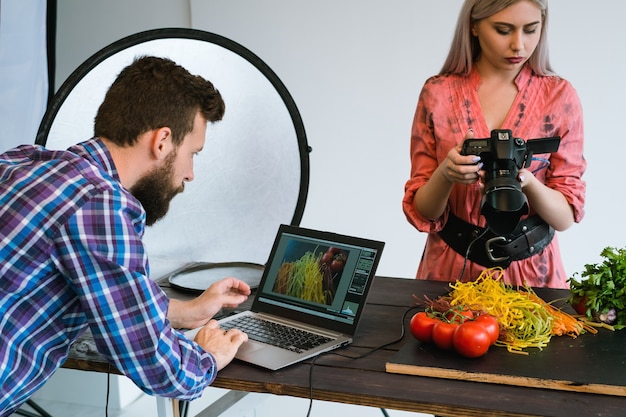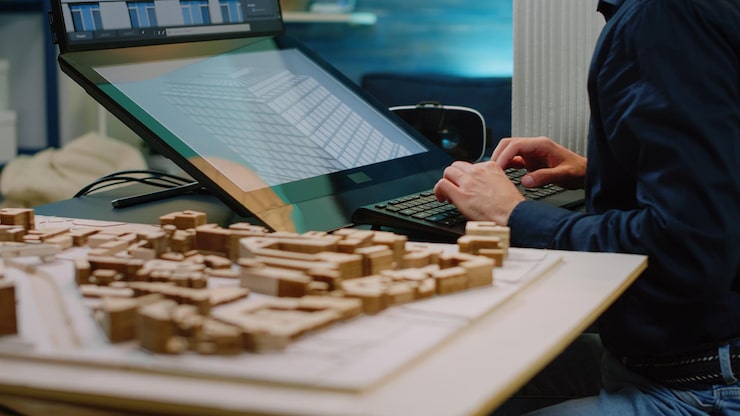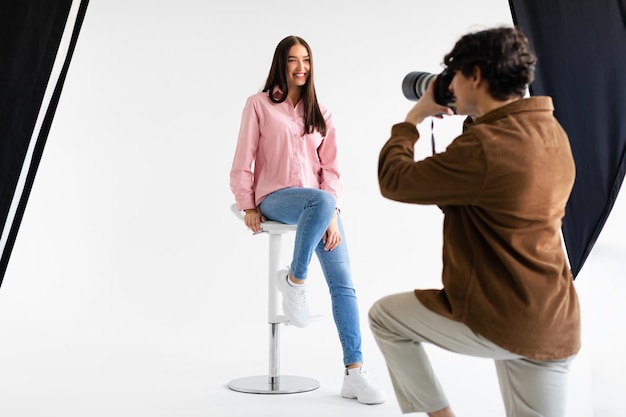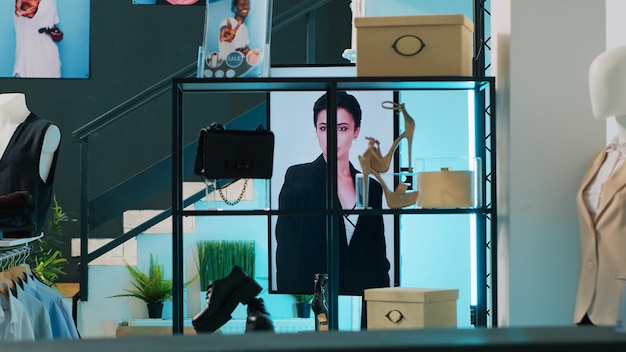
Photo Editing Hacks for Jewelry, Apparel, and Electronics Stores
Photo Editing Hacks for Jewelry, Apparel, and Electronics Stores
Presented by Clipping Path America
Introduction
In today’s digital-first world, your product photos are your storefront. Whether you sell dazzling jewelry, fashionable apparel, or sleek electronics, one thing is clear: your product image quality determines your customer’s first impression. On a busy eCommerce platform, poorly edited or dull-looking product photos get scrolled past in seconds.
At Clipping Path America, we understand the power of visuals. That’s why we’ve put together this comprehensive blog — a complete guide of photo editing hacks for jewelry, apparel, and electronics sellers — so you can transform your images and boost your sales. From background removal to color correction, lighting tricks to retouching techniques — this blog will walk you through every detail like a pro.
Section 1: Jewelry Product Photo Editing Hacks
Jewelry is luxurious, intricate, and tiny — which makes it hard to photograph and even harder to edit. Here’s how to make every sparkle count.
💎 1. Clean Background = Focus on the Shine
Hack: Use a solid white background to bring full attention to the jewelry piece.
Why: A clean background removes distractions and lets the viewer admire the sparkle, shine, and details.
How: Use the Pen Tool or advanced clipping path techniques to separate jewelry from its original background and place it on a pure white or light gray canvas.
Tip: Soft drop shadows can add realism without stealing focus.
💡 2. Boost Reflections and Shine
Hack: Use dodge and burn tools to bring highlights and shadows to life.
Why: Jewelry thrives on contrast. Highlighting shiny surfaces adds luxury appeal.
How: Lightly enhance metal edges, gemstones, and reflections. Overdoing it can look fake, so go slow.
🎯 3. Color Correction for Gemstones
Hack: Adjust hue, saturation, and luminance (HSL) to correct gemstone colors.
Why: Cameras often dull the vibrant colors of sapphires, rubies, and emeralds.
How: Isolate the stone using layer masks, then selectively boost its natural hue and clarity.
✨ 4. Dust and Scratch Removal
Hack: Use spot healing and clone stamp tools to clean up surfaces.
Why: Jewelry can attract dust and fingerprints — both become painfully visible in HD images.
Bonus Hack: Zoom in at 300% to manually check and correct micro flaws.
📷 5. Create a “Before & After” Comparison
Section 2: Apparel Photo Editing Hacks
Apparel is all about texture, fit, and color. Your edits should communicate comfort, style, and quality.
👕 1. Use the Ghost Mannequin Technique
Hack: Create a hollow mannequin effect by combining front and inner-back shots of the garment.
Why: It gives the impression that the clothing is worn, without a model — perfect for consistency.
How: Carefully align both images in Photoshop and mask out the mannequin parts, merging only the cloth.
🎨 2. Fabric Texture Enhancement
Hack: Use the high-pass filter to enhance textures.
Why: Fabric often looks flat in photos. Adding texture brings depth and quality.
How: Duplicate the layer > Apply High-Pass Filter > Set Blend Mode to Overlay or Soft Light.
3. Fix Wrinkles and Folding Errors
Hack: Use the liquify tool and healing brush to remove awkward folds.
Why: Natural wrinkles are fine, but random bunching can look careless and unflattering.
Pro Tip: Keep it realistic. Clothing without any folds can look artificial.
4. Color Matching for Product Variants
Hack: Shoot one version and recolor digitally using layer masks.
Why: Saves time and money. Instead of photographing every color, you can simulate it accurately.
Just be sure to match it with the original fabric shade for authenticity.
🌈 5. Before & After – Color Correction Example
🔵 Section 3: Electronics Product Photo Editing Hacks
Electronics are all about precision and sleekness. You need images that look modern, clean, and professional.
📱 1. Remove Fingerprints & Smudges
Hack: Use the healing brush and frequency separation to clean up surfaces.
Why: Glossy electronics like phones and tablets attract smudges fast.
Be thorough — even one smudge on a high-res image can ruin trust.
2. Apply Subtle Reflections and Shadows
Hack: Use soft reflections under products to simulate studio lighting.
Why: It gives a premium, luxury feel — especially for smartwatches, speakers, and smartphones.
How: Duplicate the object > Flip Vertically > Reduce Opacity > Apply Gradient Mask for realism.
🔧 3. Highlight Buttons, Ports, and Texture
Hack: Use localized brightness and contrast adjustments.
Why: You want every detail to pop — especially if you’re marketing design and build quality.
4. Background Removal for Catalog Consistency
Hack: Use clipping path techniques to isolate products for a uniform catalog.
Why: A consistent background (white or light gray) keeps the focus on the product and looks professional.
5. Sample: Background Removed Electronics
Section 4: Advanced Editing Tips Across All Categories
📐 1. Crop to Focus
Hack: Crop images to center your product perfectly. Use a consistent aspect ratio.
🎯 2. Maintain Image Resolution
Hack: Always export high-resolution images (300 dpi for print, 72–150 dpi for web).
📋 3. Keep Files Organized
Hack: Maintain PSDs with all layers intact. Label layers for future edits.
🔁 4. Batch Processing for Efficiency
Hack: Use Photoshop Actions to automate repeat edits.
🔍 5. Zoom Test Before Publishing
Hack: Always inspect your edits at 100% zoom or higher. Small mistakes become big flaws when zoomed in.
✅ Conclusion
Good editing isn’t about making your products look fake — it’s about making them look as good as they do in real life. Whether you’re selling a diamond ring, a cotton T-shirt, or the latest smartwatch, clean and professional product photos will build trust and drive sales.
At Clipping Path America, we know the importance of image editing because it’s our craft. Use the hacks above to transform ordinary product photos into high-converting visual assets.
If you want flawless results without the hassle, consider working with a professional photo editing team that knows how to polish images for every industry.
📷 Summary Checklist: Fast Hacks for Each Industry
| Industry | Key Focus | Must-Use Hacks |
|---|---|---|
| Jewelry | Shine, Detail | Background removal, shine enhancement, gemstone color correction |
| Apparel | Texture, Fit | Ghost mannequin, texture boost, color matching |
| Electronics | Cleanliness, Precision | Smudge removal, realistic reflections, port highlight |

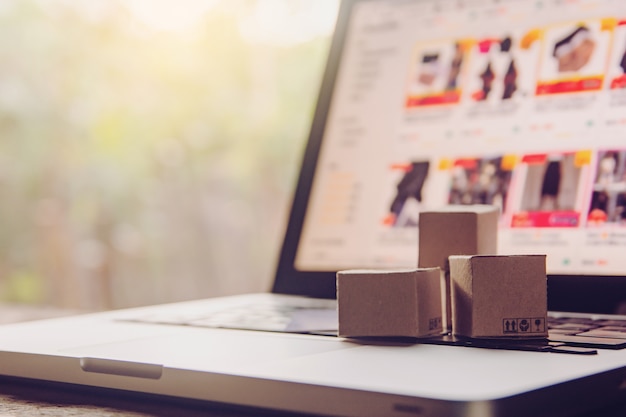
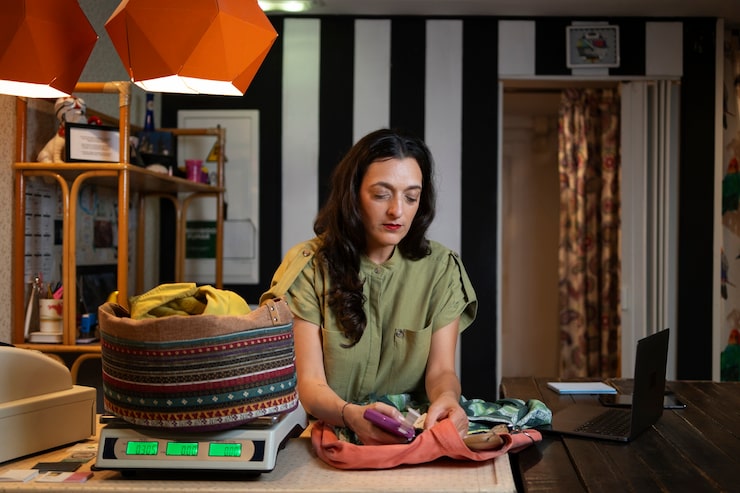


.jpg)

